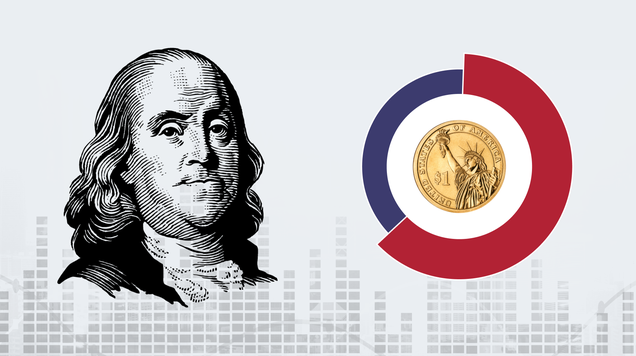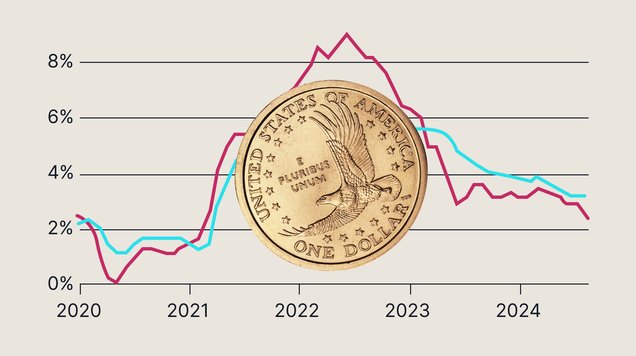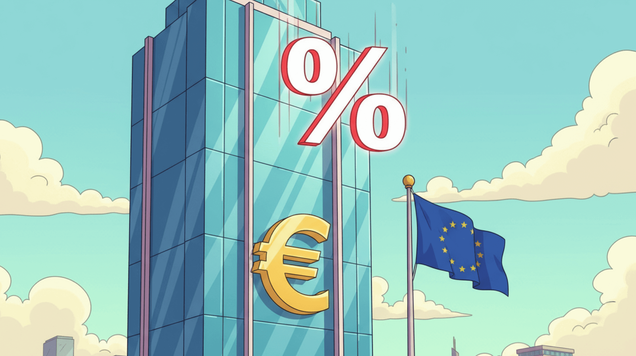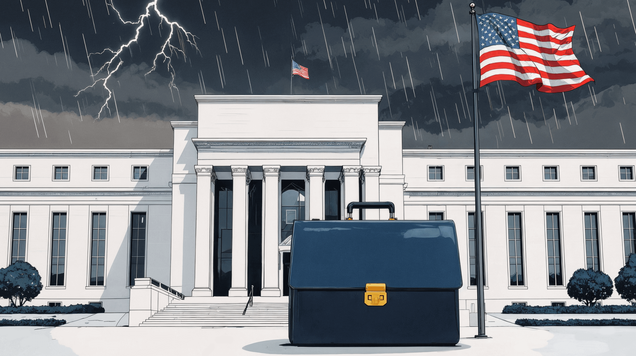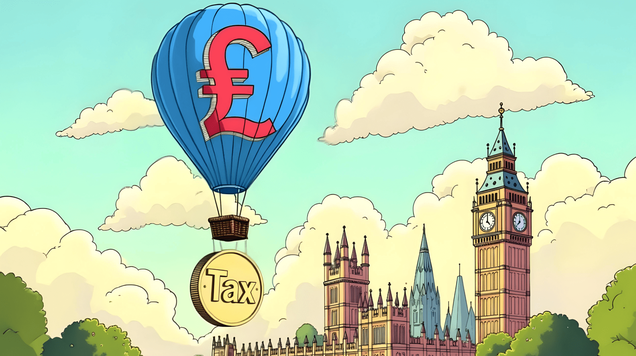UK outlook Q3 2025
The UK economy enters Q3 2025 at a turning point, with steady growth and IMF upgrades offset by inflation, high debt, and political pressure on fiscal and monetary policy.

UK GDP grew 0.7% in Q1, prompting the IMF to raise its 2025 forecast to 1.2%.
Inflation remains elevated at 3.4%, with further Bank of England rate cuts expected.
High borrowing costs and rising debt challenge fiscal stability despite cautious optimism.
UK economy at a crossroads: Recovery or recession ahead?
Q3 begins with the UK economy navigating a shifting landscape. The Bank of England has shifted towards a more expansionary monetary policy, and further interest rate cuts remain a possibility. At the same time, the IMF has revised its growth forecast upwards, reflecting cautious optimism.
Still, several challenges could weigh on economic performance in the coming months, including persistent inflation and global uncertainty.
UK economy continues steady growth in 2025
Despite facing several challenges since the start of 2025, the UK economy has managed to maintain a steady growth trajectory, showing notable resilience amid global volatility.
In the first quarter, the UK’s GDP grew by 0.7% quarter-over-quarter, the highest among G7 nations, driven by a 2.9% increase in exports.
On the back of this performance, the IMF raised its forecast for the UK's full-year economic growth from 1.1% to 1.2%, with a projected increase to 1.4% in 2026. So far, the impact of newly imposed US tariffs has been limited, with estimates suggesting they may reduce the UK’s annual GDP by just 0.3%.
Challenges ahead in Q3 despite upbeat outlook
While the outlook remains positive, several hurdles could weigh on growth in the third quarter. Among the most significant are higher labour taxes and the newly increased minimum wage, which took effect in April.
Government borrowing costs have also surged, with long-term rates reaching their highest level since 1998. This increase reflects a broad sell-off in government bonds, driven by concerns over rising US tariffs.
In May, UK public sector net borrowing reached £17.7 billion, raising questions about the government’s ability to rein in the annual deficit and manage public spending. Current data shows that net public debt has risen to approximately 96.4% of GDP. Still, the Treasury has repeated its commitment to gradually reducing the deficit, in line with targets set in last October’s Budget.
Will the Bank of England keep cutting rates?
The Bank of England has maintained its expansionary monetary stance, cutting interest rates twice since the start of the year. Another quarter-point cut is expected within the next three months.
This easing trend is largely a response to inflation, which remains above the Bank of England’s target. Inflation currently stands at 3.4%, with forecasts suggesting it could rise to 3.7% in the third quarter.
Although concerns remain about a possible slowdown in business investment, the Bank sees rate cuts as a necessary tool to bring inflation down and support economic stability.
The UK economy has shown resilience, but the coming months will test its momentum as policymakers balance inflation control with growth, and fiscal discipline with political pressure.
